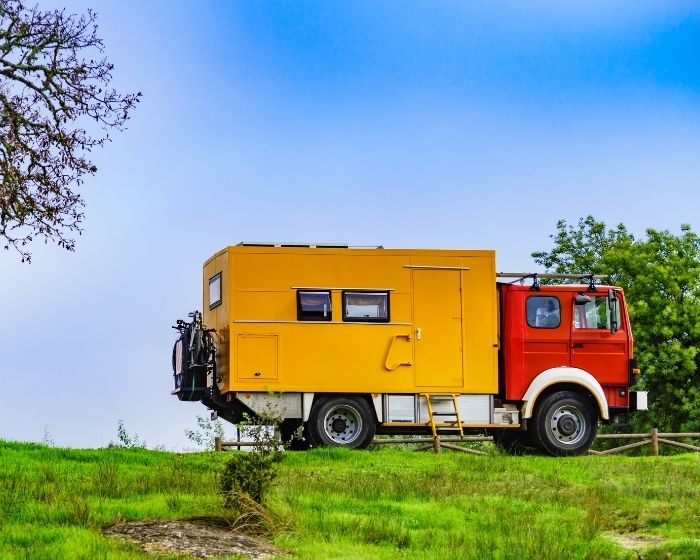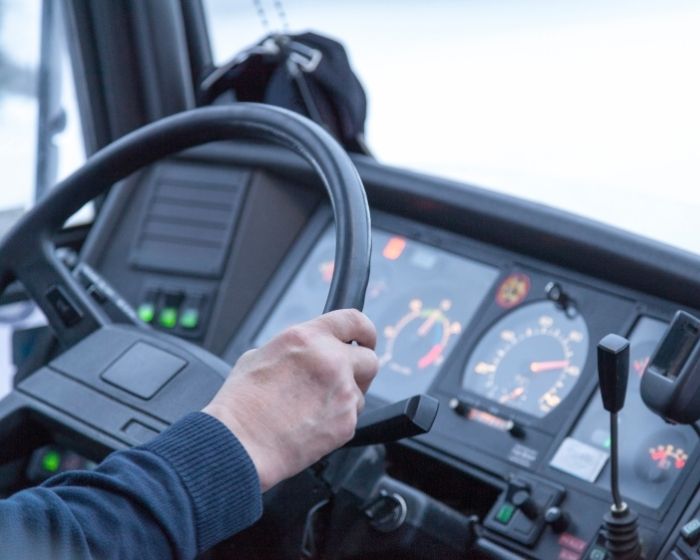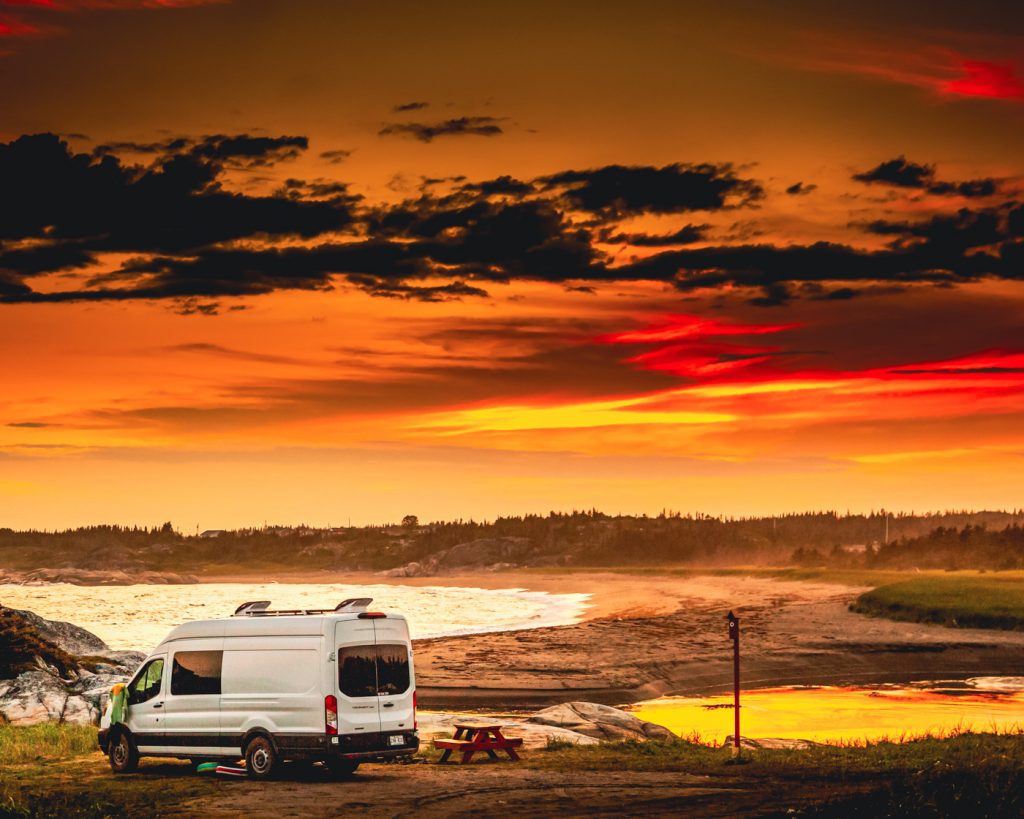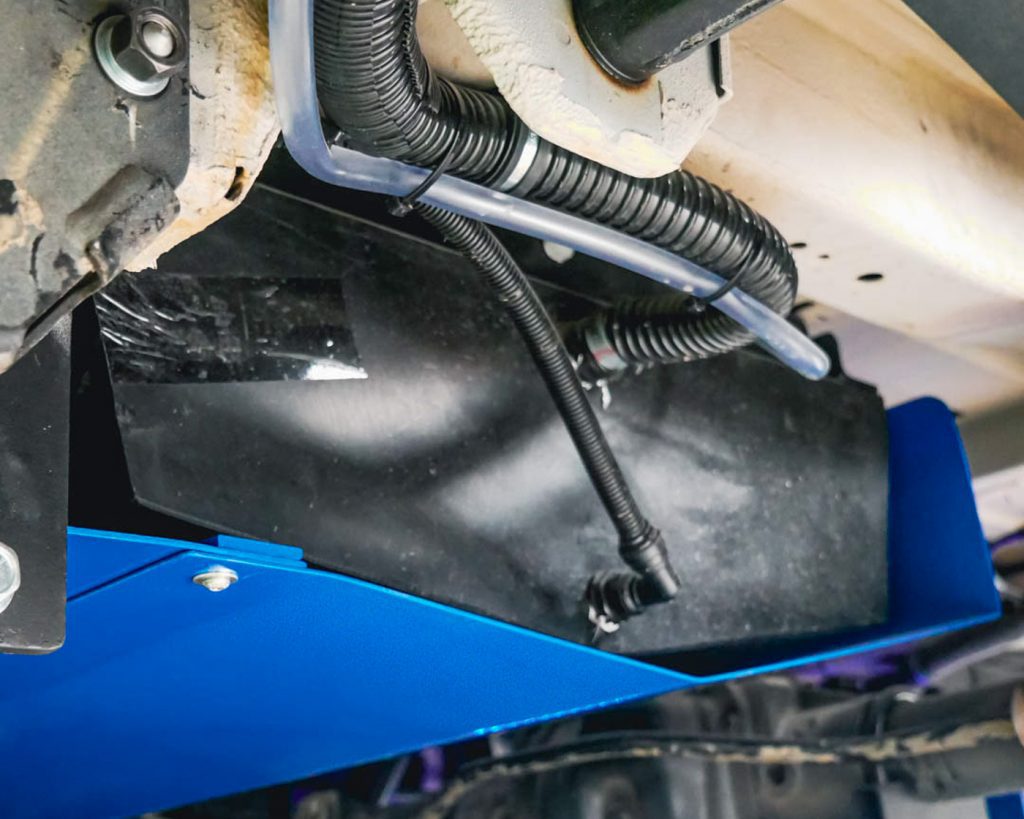Exploring Australia in a larger motorhome, bus, or truck conversion is an exciting adventure. However, before hitting the road, it’s crucial to ensure you have the correct licence to operate your vehicle. This guide breaks down the essentials of Australian driving licences, specific requirements for larger vehicles, and how to stay compliant with driving laws.
Overview of Australian Driving Licences
Australia’s licensing system is designed to ensure that drivers are qualified to handle vehicles of varying sizes and uses. Here’s a quick rundown of the main licence classes you need to know about:
- C Class (Car Licence): Covers most vehicles up to 4.5 tonnes Gross Vehicle Mass (GVM) and seating no more than 12 passengers, including the driver. Regular cars, small campervans, and light motorhomes typically fall under this category.
- LR Licence (Light Rigid): Suitable for vehicles up to 8 tonnes GVM, including light buses and some larger motorhomes.
- MR Licence (Medium Rigid): Required for vehicles with two axles and over 8 tonnes GVM, such as mid-sized buses or trucks.
- HR Licence (Heavy Rigid): Required for vehicles with three or more axles, weighing over 8 tonnes. This covers larger motorhomes, buses, and trucks.
- MC Licence (Multi-Combination): For heavyweight combinations like road trains or semi-trailers, which are rarely needed for recreational purposes.
Licence classes vary slightly across Australian states, so always check your local regulations to ensure compliance.

Specific Licence Classes for Buses, Trucks, and Larger Motorhomes
When it comes to larger vehicles, understanding the specific licence class you need is crucial. Here’s how it generally works:
- Buses (12+ Passengers): If your vehicle has more than 12 seats, you’ll likely need an LR or MR licence, depending on the vehicle’s weight. An HR licence might be required for even larger buses.
- Larger Motorhomes: Motorhomes exceeding 4.5 tonnes GVM typically require an LR, MR, or HR licence. The class depends on the GVM and the number of axles your motorhome has.
- Trucks: Converted trucks can fall into MR or HR categories, depending on their size. If towing additional trailers, you may even require an MC licence.
Always weigh and measure your vehicle accurately to confirm the licence class that applies to your situation.
Tips for Obtaining the Correct Licence
If your current licence doesn’t allow you to drive your chosen vehicle, don’t worry! Here’s how to upgrade your licence with ease:
- Check Eligibility: Ensure you meet the minimum age and medical requirements for the licence class you’re applying for. For example, HR licences require you to hold your car licence for at least two years.
- Take a Training Course: Enrol in a driving school that specialises in larger vehicles. These courses teach you the skills you’ll need to pass both the theory and practical exams.
- Study Driving Requirements: Familiarise yourself with the Vehicle Standards Rules, and road laws related to larger vehicles. Understanding safety protocols like load restraint and specific braking techniques will help during your test.
- Book Your Test: Once you’re ready, book a driving test through your state or territory’s transport authority.
- Practice: Spend time behind the wheel of a similar vehicle before attempting the test. Confidence and familiarity with driving a larger rig are key to passing.
By preparing thoroughly and practising, you’ll be on track to obtain the correct licence and begin your adventures.
Avoiding Legal Issues When Upgrading or Using Converted Vehicles
Driving a larger vehicle without the proper licence can lead to significant legal problems. Here are some steps to ensure you stay compliant:
- Confirm Licence Class Before Purchase: Before buying a motorhome, bus, or truck conversion, check its weight and specifications to confirm the licence required.
- Notify the Transport Authority of Modifications: If you’ve converted a vehicle, you may need to update its classification with your local transport authority to reflect changes in weight or seating capacity.
- Understand Towing Rules: If your setup includes towing a car or trailer, ensure its combined weight doesn’t exceed what your licence allows.
- Carry the Right Documentation: Always have your licence, registration papers, and any accompanying permits on you when driving.
- Stay Updated on Regulations: Changes in road rules or licence requirements can occur, so regularly check government websites for updates.
Ignoring these steps can result in fines, invalid insurance claims, or even the cancellation of your licence.
Final Thoughts
Understanding the licensing requirements is essential for preparing for your adventures in larger vehicles across Australia. By knowing the correct license class, following the steps to upgrade your license, and complying with legal requirements, you can ensure a smooth and worry-free road trip.
Whether you are exploring the outback in a motorhome, driving a converted truck, or using a bus for group travel, adhering to these guidelines will keep you safe and ready for the road.
Please note that this information is not professional advice, and it is important for you to conduct your own research to ensure you meet all requirements. Enjoy the freedom of Australia’s open roads and the countless experiences they offer!



